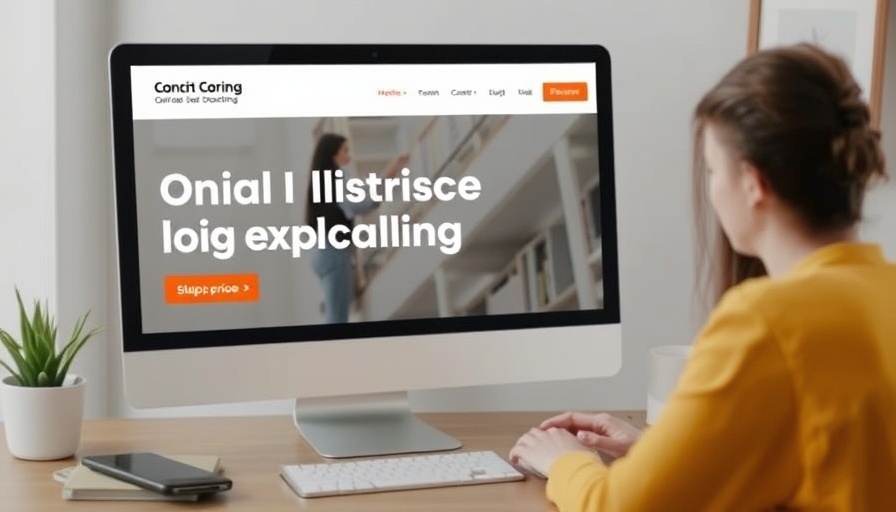
Understanding the Art of Nurturing Client Relationships
Nurturing client relationships is paramount for any educator, leader, or coach aiming to create lasting connections and maximize impact. In the evolving landscape of client interaction, two methodologies have emerged as frontrunners: email marketing and online communities. Both have their unique strengths and challenges, and understanding these can guide you towards the best fit for your personal strengths and audience needs.
Email Marketing: The Power of Automation
Email marketing is often praised for its efficiency and longevity. As discussed in a recent podcast episode, one of the standout features of email marketing is automation. This approach allows educators and leaders to craft messages that enrich their audience over time, often with minimal ongoing effort. For instance, imagine spending just one hour creating content that continues to nurture relationships for years. This longevity is a game-changer, keeping you top-of-mind with clients, even when they may not engage with every message directly.
The potential to create a nurturing sequence through automated emails can free up your time and energy for other pursuits while still fostering engagement. Educational leaders can utilize email sequences to send regular updates, valuable resources, and personalized messages that resonate with their audience’s interests. The challenge lies in crafting genuinely engaging content that stands out in a client's crowded inbox.
Online Communities: Real-Time Connections
Conversely, online communities have surged in popularity due to their ability to facilitate real-time engagement. Unlike static emails, private online spaces allow for interactive and dynamic exchanges between members. This environment fosters collaboration, provides immediate feedback, and enables members to offer support at a moment's notice. As low as the algorithm of social media or email can sometimes obscure connections, a community encourages active participation and personal interaction.
For teachers and education leaders, creating or joining a private online community can be an effective method of nurturing relationships. It allows members to share insights, celebrate successes, and collectively tackle challenges. Tools like Discord, Facebook Groups, or dedicated platforms can serve as spaces where engagement flourishes, enhancing the overall educational experience for participants.
Selecting the Right Approach for Your Strengths
The best strategy for nurturing relationships ultimately depends on individual strengths and preferences. Personalization is key in both email marketing and online communities. Understanding your own strengths will help you decide which method aligns best with your style and capabilities.
Educators are encouraged to experiment with both strategies. Consider blending email with community participation—sending out personalized emails that invite community involvement or sharing email content within an online community for enhanced engagement.
Actionable Insights for Implementation
Both methods present valuable opportunities for nurturing client relationships, but it’s essential to take a strategic approach:
- Explore Email Marketing Tools: Platforms like Mailchimp or Constant Contact offer straightforward automation features. Joining memberships, such as Lisa’s Tools for Coaches, can provide you with additional resources to streamline your efforts.
- Engage in Community Building: Whether initiating a community or joining an existing one, these environments can significantly enhance your engagement efforts. Look for platforms where your target audience already congregates to increase participation.
- Experiment with Diverse Content: Testing different types of content, whether captivating emails or community activities, will help you find the sweet spot that resonates with your audience.
Conclusion: Take Action to Build Lasting Relationships
In the end, whether you lean towards the reliability of email or the vibrant interaction offered by online communities, remember that the goal is to build authentic connections. As you strategize about nurturing your client relationships, consider blending both methods to take advantage of their respective strengths. Embrace experimentation and allow your unique strengths to guide your approach, making each connection count.
For personalized support and insights tailored to your journey, reach out today! Building these relationships will ultimately elevate not just your teaching practice but also the overall learning experiences you facilitate for your clients.
 Add Row
Add Row  Add
Add 




Write A Comment